Benchwork is the foundation of a model railroad. Sturdy benchwork and you have a solid base for your layout’s life. But if you use subpar wood, problems will arise sooner or later. But what wood do you use to build sturdy benchwork? Where do you get it? This is everything you need to know about gathering wood for model railroad benchwork.
Reusing wood
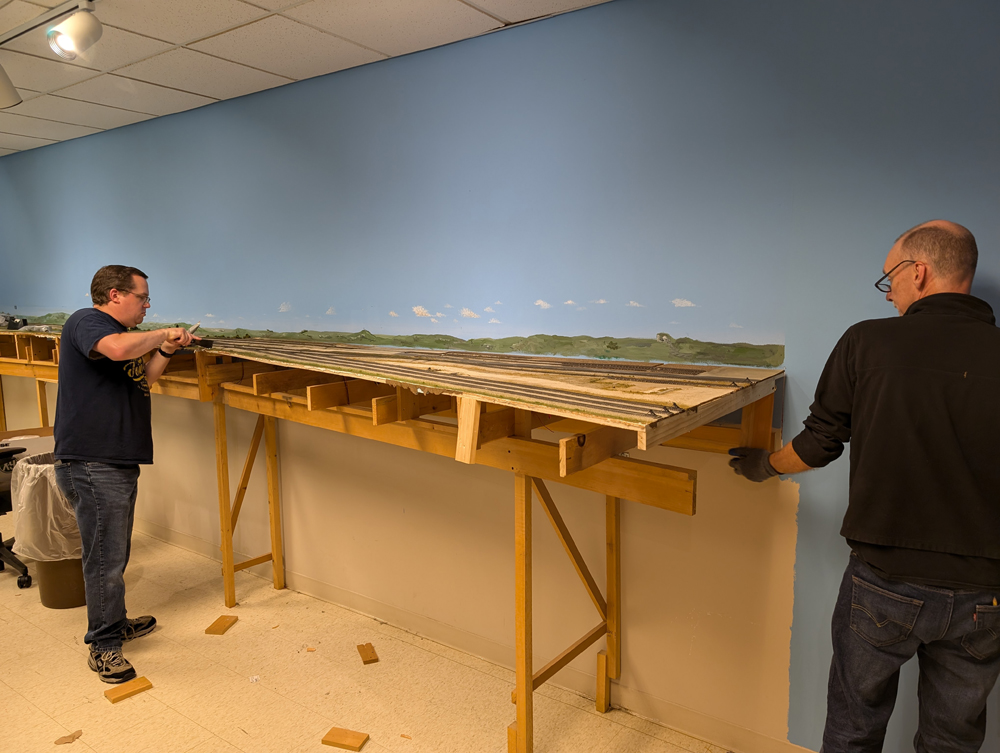
“If you use good wood once, you won’t need to buy it again” is typically a good rule of thumb. Especially when building L-girder benchwork. In fact, the L-girder benchwork used on the Troy & Northern (TROY) section of the original Milwaukee, Racine & Troy was used on the second iteration of the TROY at Kalmbach Media’s offices in Waukesha, Wis. (this part of the layout was later rebuilt as the Wisconsin & Southern). The benchwork was saved during the recent dismantling of that layout for even more future use. As long as the wood hasn’t deteriorated in quality due to poor environment or sustained water damage, it should be able to be reused. The great thing about reusing L-girder benchwork is that it’s versatile and can be set up in a different orientation in its second (or third) life.
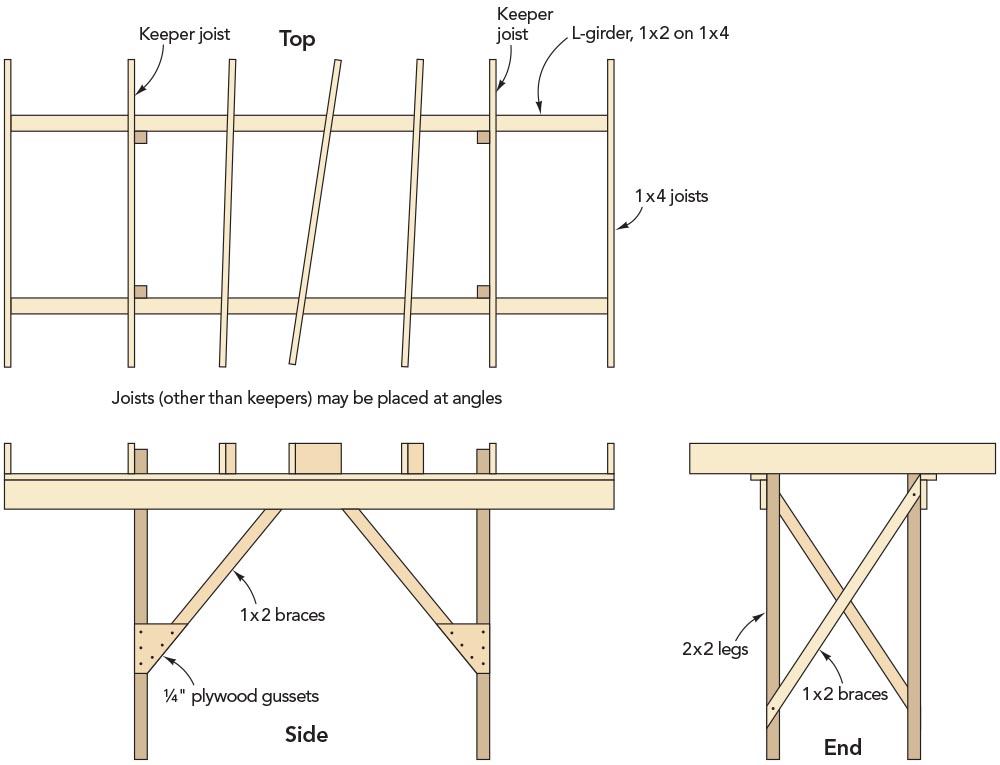
What wood to use
Benchwork materials
The amount of construction materials and products available is staggering: lumber, plywood, OSB (oriented strand board), particle board, hardboard, foam, plastic, and steel, just to name a few. In addition to the materials themselves, an impressive array of glues is available as are screws, nails, and other hardware.
With such a variety, it’s important to understand what the different materials are designed for and what their strengths and weaknesses are.
A key point to remember is that most of what we do in assembling benchwork will be covered up by scenery. The most important criteria are that benchwork be sturdy, durable, and square. There’s no need to pay extra (or do extra work on) cosmetic features that will later be hidden.
Most of our work is done with lumber and wood-based products, so we’ll look at these materials first. — Jeff Wilson, from Basic Model Railroad Benchwork, 2nd Edition (Kalmbach Books, 2012)
Dimensional lumber
Dimensional lumber (in the form of sawed boards or planks) is the basic material for many types of benchwork. Stick to soft woods like pine or fir, which are readily available and far cheaper than hardwood. It’s important to note that a finished 2 x 4 is not 2” x 4” (which is why lumber descriptions are never written with inch marks). A 2 x 4 is actually 1-½” x 3-½”. This is because the original rough-cut board has been planed smooth on all four sides, taking it down a quarter inch on each side.
For benchwork, you should use kiln-dried, untreated lumber. Lumber comes in several grades, based on the number and size of knots and the slope of the grain. Lumber rated as select or select structural is nearly free of knots and has a broad grain slope, after that comes Nos. 1, 2, and 3. Number 1 has the fewest and smallest knots and broadway grain, while No. 3 has more and larger knots and more grain curvature.
Select lumber can cost four or five times as much as No. 2, so use it only when appearance really matters. Numbers 1 and 2 are often grouped together (usually as No. 2 and better) and are most often the best choice for benchwork. The knots are generally small, and it’s generally not too difficult to find straight No. 2 or No. 3 boards.
Be picky about choosing wood. The two most critical factors are that it should be straight and that it should not have any large knots or other defects that compromise its strength. If a knot is more than a quarter of the width of a board, discard it.
Lumber that’s slightly bowed or cupped can still be usable. However, if a board has a twist, discard it — a twisted board will throw off the squareness of an entire project.
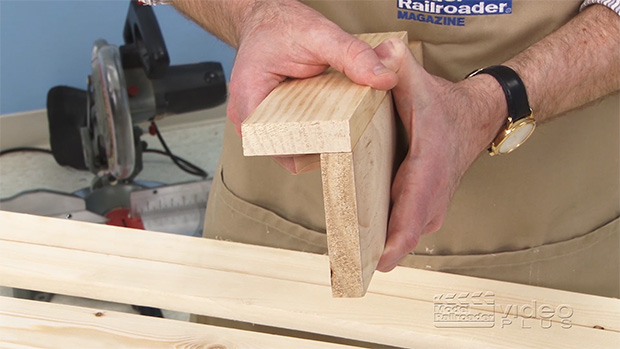
Information on grades and type of dimensional lumber is usually stamped on the wood itself or found on a sticker or a label. The information regards size, grade, sanding (S4S means sanded on four sides), and moisture. S-Dry means that the board has less than 19 percent water weight, and S-Grn (green) means that water content is higher than 19 percent. Be sure to buy S-Dry wood to minimize shrinking. Also, when buying lumber, make sure that boards haven’t spent time in a damp area of the lumber yard.
Dimensional lumber is prone to expansion and construction along its length, caused mainly by variances in humidity. When you get the lumber home, store it in your layout area for at least a few days to allow it to adjust to the temperature and humidity of its new environment. It’s not always possible, but ideally you should let it sit for a full year to complete a full rotation of seasons. Dry winter conditions, followed by damp spring and summer weather, can cause problems. A dehumidifier is a wise investment. Let it run in your basement from spring through fall to keep humidity levels within reason. — Jeff Wilson, from Basic Model Railroad Benchwork, 2nd Edition (Kalmbach Books, 2012)
Keep the same rules in mind when purchasing plywood or other sheet material such as OSB. Buying quality lumber in the first place will save you money, time, and headaches in the long run.
Where to buy lumber
When buying wood, the first place to check should be a local lumber yard. Whether this be a local store or a chain like 84 Lumber, lumber dealers like this typically give you the largest variety of in-stock lumber to choose from.
If that’s not an option, check your local hardware store. Big-box home-improvement stores like Lowe’s, Home Depot, and Menards typically have their own lumberyard that carries a variety of wood as well. Do your research and take your time buying wood. This is an aspect of modeling where quality lumber matters.






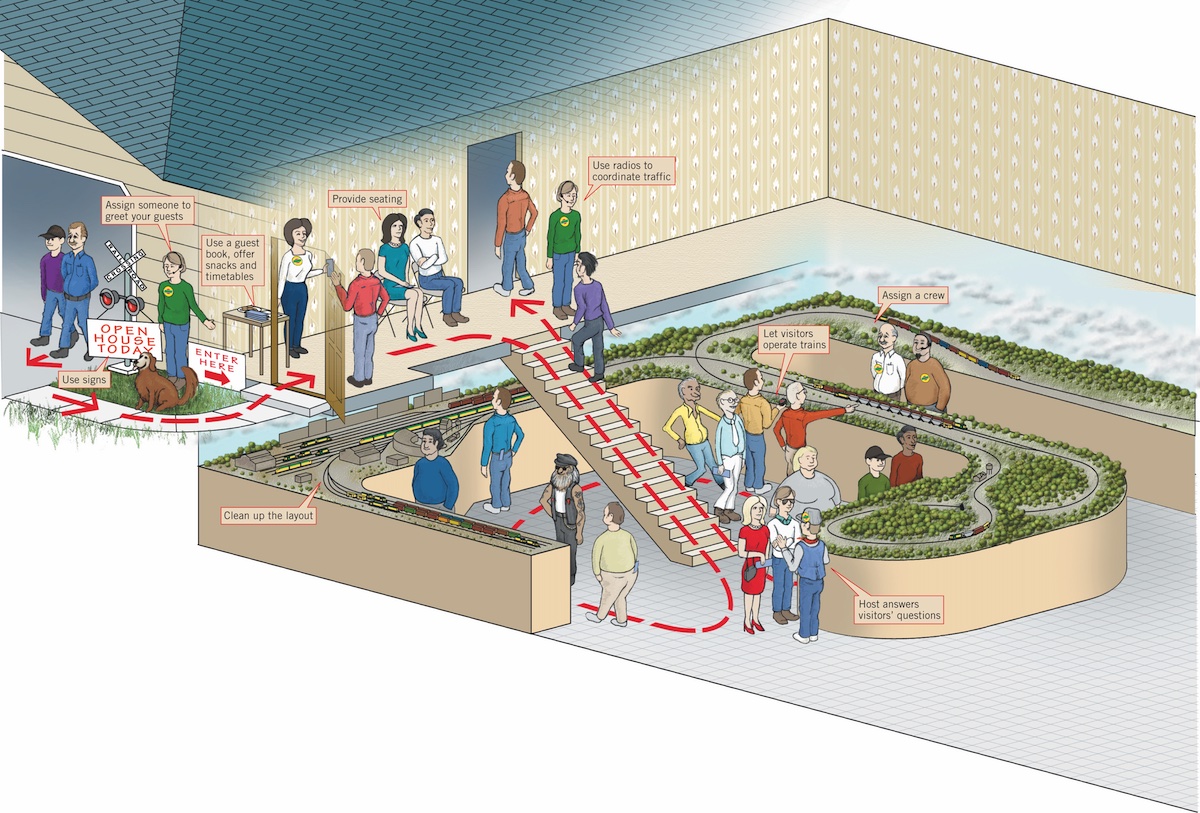
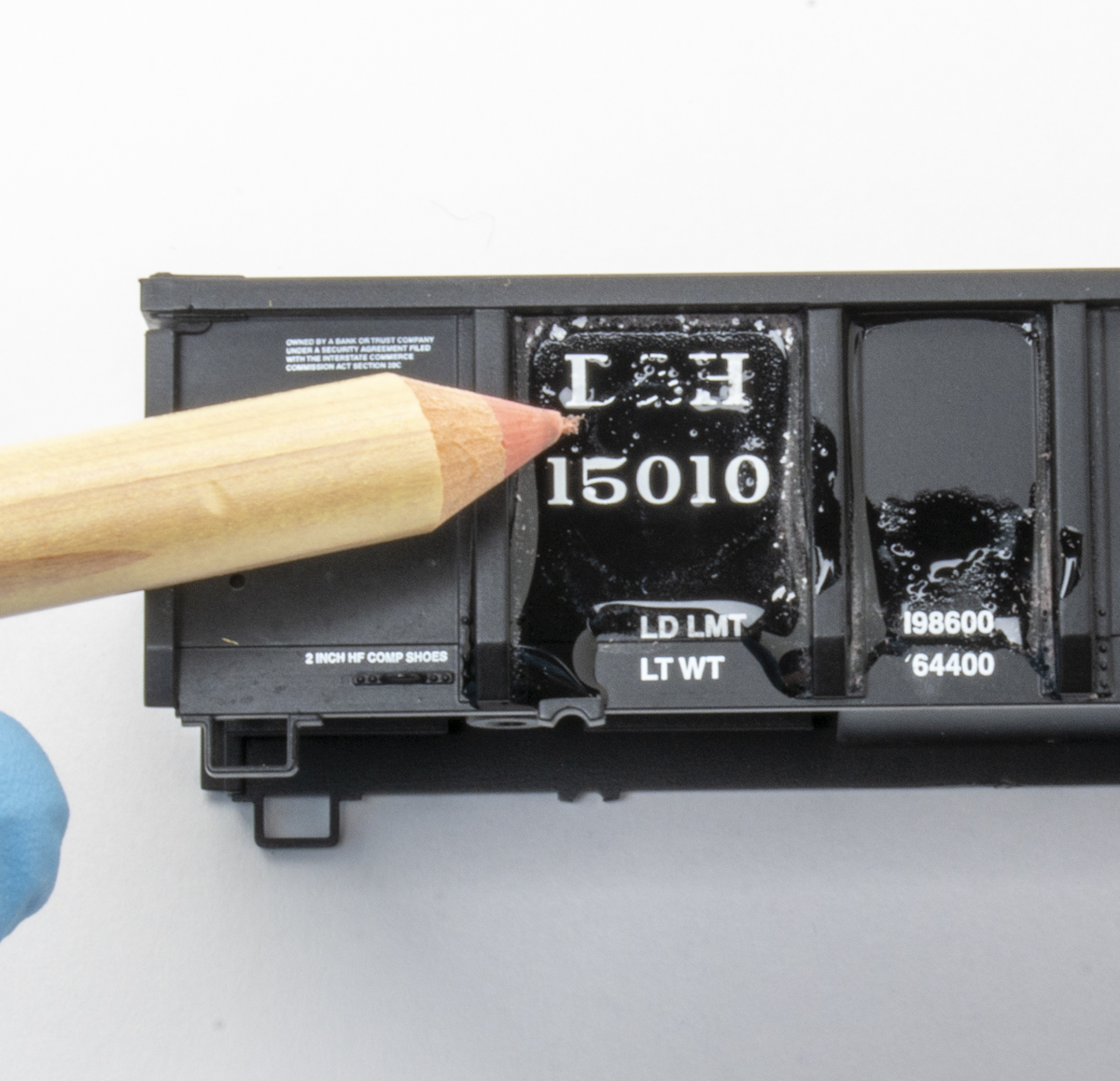
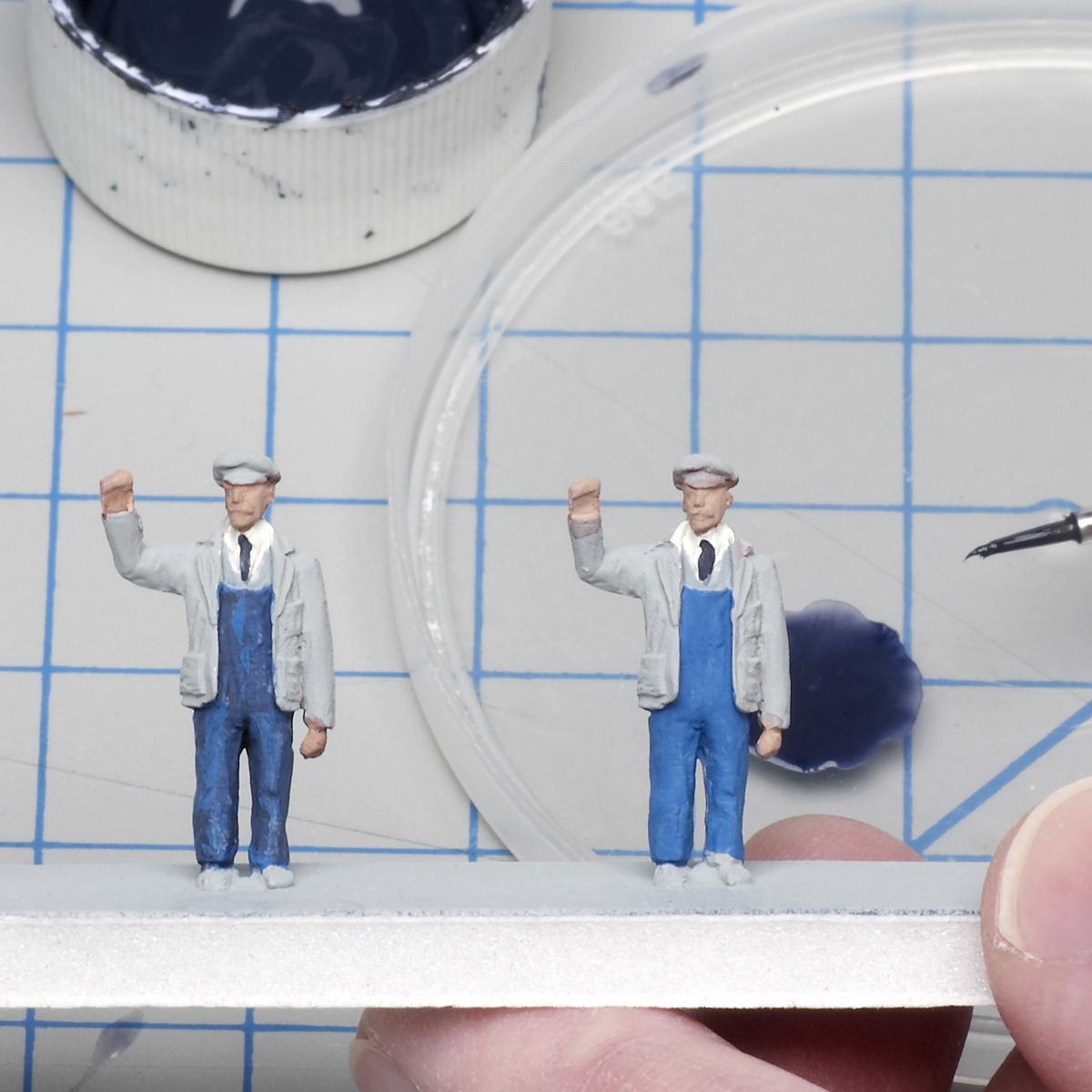
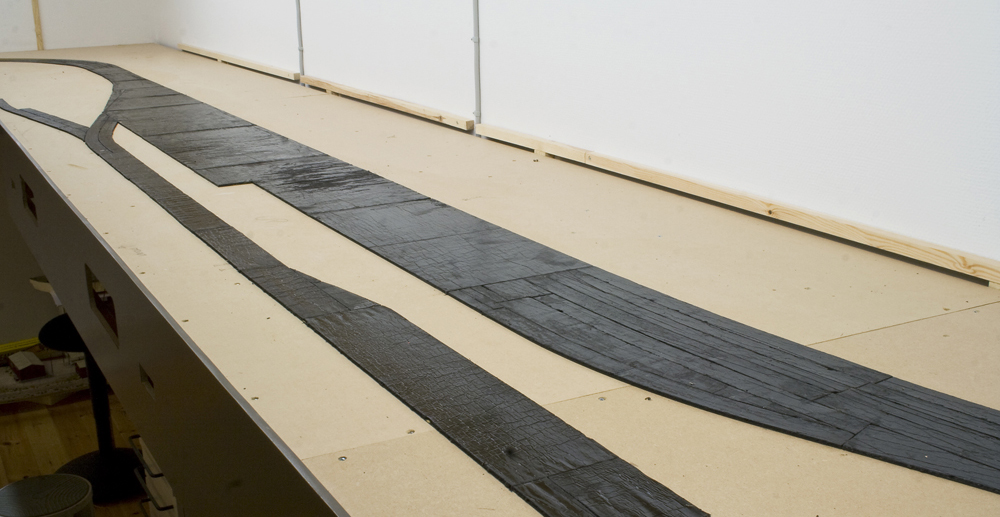




The grocery store I work at would usually have some lumber that were used for transporting items to our store (freezer doors and displays to name a few) and I took some home to work on my model railroad setup.
I got to save some money by using scrap lumber 🙂